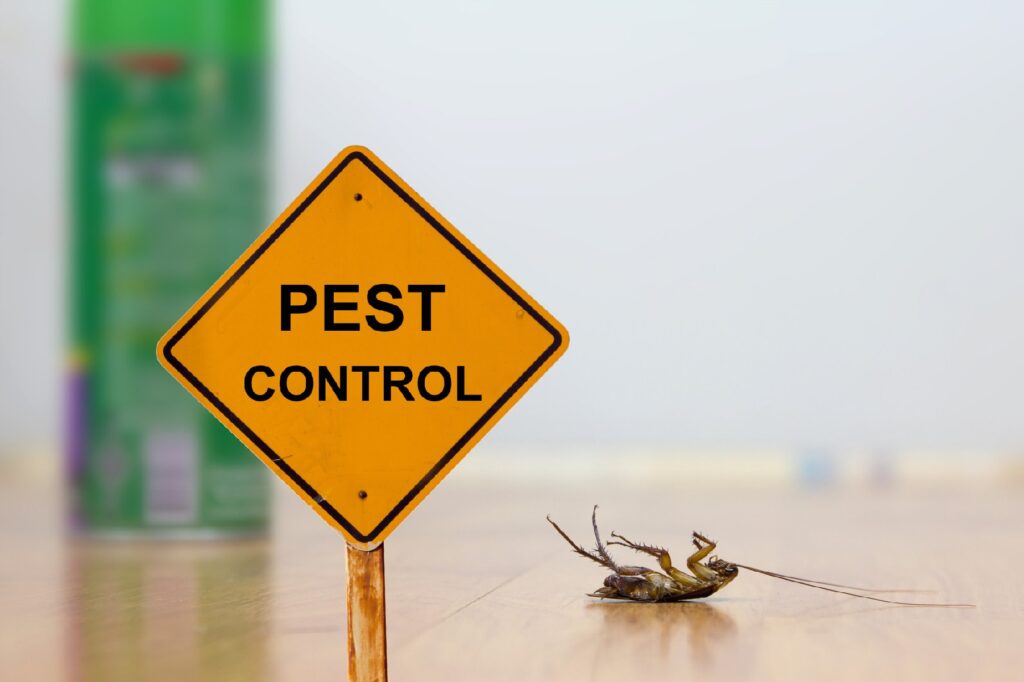Effective A1 Bed Bug Treatment in Charlotte - Safe and Proven Approaches
Wiki Article
Bed Insect Treatment Failure: Contrasting Chemical Vs. Non-Chemical Solutions
In the world of pest control, particularly when managing the relentless problem of bed pests, the option between chemical and non-chemical therapy remedies can be a pivotal one. Both techniques offer distinctive benefits and drawbacks, influencing aspects such as effectiveness, safety considerations, and general cost. By checking out the nuanced details of each approach, a clearer understanding of which course to go after in dealing with a bed insect infestation can be attained.Effectiveness of Chemical Treatments
Chemical therapies for bed bug infestations have actually been commonly identified for their potent and quick efficacy in removing these pests. When considering the performance of chemical therapies, it is important to comprehend that they can supply a quick and extensive solution to a bed insect trouble.Furthermore, chemical treatments have the advantage of offering recurring impacts, implying that they can remain to remove bed insects also after the initial application. This residual action is especially valuable in combating any type of prospective re-infestations. In addition, the quick action of chemical therapies can bring relief to people dealing with severe bed bug infestations, allowing them to reclaim control of their space quickly.
Safety Interest In Chemical Solutions
When making use of chemical remedies for bed insect treatment is making sure the safety of occupants and the environment,One essential facet that calls for careful consideration. While chemical treatments can be efficient in getting rid of bed pests, they might pose threats otherwise handled correctly. Among the main security concerns with chemical services is the potential damage they can create to human health and wellness. Exposure to specific chemicals utilized in bed pest treatments can cause respiratory problems, skin irritability, or other unfavorable responses, particularly in individuals with pre-existing conditions or sensitivities. In addition, improper application or dose of chemical pesticides can lead to toxic residues lingering in the treated area, positioning lasting health risks to passengers.In addition, the environmental influence of chemical services is one more substantial consideration. Some pesticides used in bed pest therapies may be harmful to useful pests, wildlife, and environments if they leach into the soil or water systems. It is vital to utilize chemical treatments sensibly, complying with safety and security standards, and considering much less toxic options to alleviate these threats and make certain the efficient and safe administration of bed insect infestations.
Advantages of Non-Chemical Techniques
Thinking about the potential safety and security worries and environmental impact associated with chemical remedies for bed insect treatment, exploring non-chemical methods presents a promising alternative with a number of distinct benefits. Non-chemical treatments are eco pleasant, as they do not contribute to air or water contamination, making them a sustainable selection for bug control.Furthermore, non-chemical options can be efficient in targeting bed insects, consisting of hard-to-reach areas where chemical therapies may not pass through - A1 exterminators charlotte nc. Methods such as heat treatment, vacuuming, steam cleaning, and mattress encasements provide complete eradication without the usage of dangerous chemicals.
Limitations of Non-Chemical Treatments

Additionally, non-chemical therapies frequently call for several applications to attain effective removal. This can be taxing and may not constantly assure total removal of all bed bugs and their eggs, especially in hard-to-reach or concealed areas.
Furthermore, the success of non-chemical treatments heavily counts on proper application and thoroughness, which can be testing for people without expert proficiency. Inadequate application of non-chemical methods might result in insufficient removal, resulting in relentless problems and the need for added treatments.
Therefore, while Continue non-chemical therapies have their advantages, it is vital to recognize these constraints and consider them when determining one of the most effective strategy for taking care of bed insect infestations.
Cost Comparison: Chemical Vs. Non-Chemical Options
Given the constraints linked with non-chemical treatments, a necessary aspect to review in the context of bed bug management is the expense comparison between chemical and non-chemical choices. Chemical treatments normally include the application of insecticides by professionals, which can vary from $250 to $900 per space, depending upon the seriousness of the infestation and the dimension of the location to be treated. On the other hand, non-chemical therapies like heat treatment or vapor can be a lot more expensive, with costs varying from $1,000 to $6,000 for an entire home. While the preliminary cost of chemical treatments may seem lower, multiple treatments may be required to fully eliminate the invasion, potentially enhancing the total cost. On the various other hand, non-chemical options might supply a more sustainable and eco-friendly service, although they can be cost-prohibitive for some people. Eventually, other when taking into consideration the expense of bed bug therapy options, it is very important to evaluate the ahead of time costs versus the efficiency and long-term sustainability of the picked method.Final Thought

Taking into consideration the prospective security problems and environmental impact connected with chemical remedies for bed bug treatment, checking out non-chemical approaches provides an encouraging option with numerous distinct advantages.Given the constraints associated with non-chemical treatments, a necessary facet to evaluate in the context of bed bug administration is the expense contrast in between chemical and non-chemical options. In contrast, non-chemical therapies like warmth treatment or heavy steam can be more costly, with prices varying from $1,000 to $6,000 for an entire home. While the initial price of chemical treatments might seem reduced, several therapies might be called for to fully eliminate the problem, possibly enhancing the total expense.In verdict, when comparing chemical and non-chemical bed pest treatment choices, it is vital to consider effectiveness, security, benefits, constraints, and expense.
Report this wiki page